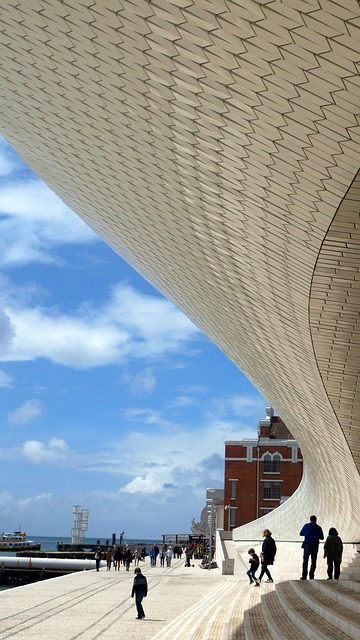Sonic Spaces: How Sound Shapes Our Social Environments
Introduction: In our increasingly noisy world, the impact of sound on our social interactions and communal spaces is often overlooked. Yet, the sonic landscape we inhabit profoundly influences our behavior, emotions, and relationships. From bustling city streets to serene nature reserves, sound plays a crucial role in shaping our social experiences. Read below to explore the fascinating intersection of acoustics and society.

The Social Dynamics of Noise
Noise is more than just an annoyance; it’s a powerful social force. High levels of ambient noise can inhibit conversation, increase stress, and even lead to social isolation. In urban environments, excessive noise has been linked to decreased civic engagement and weakened community bonds. Conversely, well-designed acoustic spaces can foster social interaction and create a sense of place. The challenge lies in balancing the energy of vibrant urban soundscapes with the need for acoustic refuges where people can connect and communicate effectively.
Sound as a Cultural Marker
Sound is deeply intertwined with cultural identity. From the call to prayer in Islamic countries to the rhythmic beats of drums in African traditions, acoustic signals often define and reinforce cultural practices. In multicultural societies, the interplay of diverse soundscapes can lead to both enrichment and conflict. The regulation of sound in public spaces raises complex questions about cultural expression, community rights, and social cohesion. As cities become more diverse, finding equitable solutions to sonic coexistence becomes increasingly important.
The Rise of Acoustic Design in Public Spaces
Architects and urban designers are now incorporating acoustic considerations into their projects from the outset. This shift recognizes that sound is not just a byproduct of the built environment but an essential element of spatial experience. Innovative acoustic design can create inviting public spaces that encourage social interaction while mitigating the negative impacts of noise. From sound-absorbing materials to strategically placed water features, these interventions are reshaping our sonic environments and, by extension, our social landscapes.
The Digital Soundscape: Virtual Acoustics and Social Connection
As more of our social interactions move online, the role of sound in digital spaces is gaining attention. Video conferencing platforms now offer background noise suppression and spatial audio features to enhance communication. Virtual and augmented reality technologies are exploring ways to create immersive sonic environments that can facilitate social connection across distances. These developments raise intriguing questions about the future of acoustic social spaces and how they might bridge the physical and digital realms.
Sonic Diversity and Inclusivity
The concept of sonic inclusivity is emerging as an important consideration in social design. Just as physical spaces need to accommodate diverse abilities, soundscapes should cater to varying auditory needs and preferences. This includes creating environments that are accessible to people with hearing impairments or sensory sensitivities. By considering the full spectrum of acoustic experiences, we can build more inclusive social spaces that welcome all members of society.
The Therapeutic Potential of Sound
Beyond its role in shaping social environments, sound is increasingly recognized for its therapeutic potential. Sound baths, binaural beats, and other acoustic therapies are gaining popularity as tools for stress reduction and mental health support. Public spaces that incorporate elements of sound healing can provide communal areas for relaxation and rejuvenation. This intersection of acoustic design and wellness presents exciting opportunities for enhancing social well-being in urban environments.
Navigating Sonic Ethics in the Modern World
As we become more aware of the power of sound to shape our social experiences, ethical considerations come to the fore. The use of sound as a means of control or exclusion raises concerns about acoustic rights and freedoms. From the deployment of sonic weapons to the use of high-frequency deterrents to disperse youth gatherings, the weaponization of sound challenges our notions of public space and social justice. Developing ethical frameworks for acoustic governance will be crucial as we navigate the complexities of our sonic future.
Towards a Harmonious Sonic Society
Creating harmonious sonic environments is not about eliminating all noise but about curating soundscapes that enhance our social connections and overall well-being. This requires a multidisciplinary approach, bringing together urban planners, acousticians, sociologists, and community members. By paying attention to the acoustic dimension of our shared spaces, we can foster more vibrant, inclusive, and resilient communities. As we move forward, the conscious design of our sonic environments will play a vital role in shaping the social fabric of our cities and neighborhoods.





